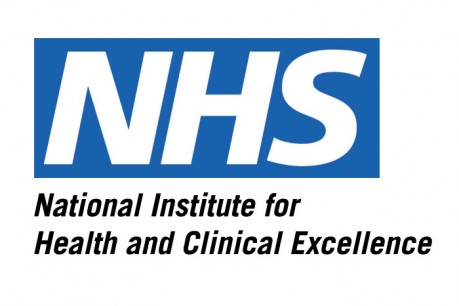 The British National Institute for Health and Care Excellence (NICE) is recommending that physicians and medical facilities follow standard health care regulations in the treatment of chronic obstructive pulmonary disease (COPD) in a new report. The institute also states that extending access to specialist care and encouraging smoking cessation are crucial to decreasing the variation in COPD care.
The British National Institute for Health and Care Excellence (NICE) is recommending that physicians and medical facilities follow standard health care regulations in the treatment of chronic obstructive pulmonary disease (COPD) in a new report. The institute also states that extending access to specialist care and encouraging smoking cessation are crucial to decreasing the variation in COPD care.
The National COPD Audit, which was conducted by the Royal College of Physicians, analyzed the quality of health care provided to 13,414 patients who suffer from COPD and were hospitalized between 1 February and 31 April, 2014. Despite improvements in the standardization of care, there is still a quality gap between England and Wales, a problem that the NICE aims to address.
In order to reduce these disparities, NICE is willing to expand the research on COPD’s standard of care. According to standard of care recommendations, patients with COPD flare-ups are supposed to be treated by a respiratory team, as well as be provided with a specialist’s early supported-discharge scheme and community support.
“The NICE quality standard on COPD provides 13 statements that together can help address the variation in care of patients with COPD,” explained the Deputy Chief Executive and Director of Health and Social Care at NICE, Professor Gillian Leng, in a press release. “Specialist support, the use of spirometry for confirming diagnosis and smoking cessation support are all effective interventions for patients with this disorder.”
[adrotate group=”3″]
The report also mentions the disparity in access to specialized care, as being treated by respiratory experts means better evidence-based care, according to NICE. Almost 50% of COPD patients were discharged within 3 days, but 20% of the patients were not seen by respiratory specialists.
“We seem to be managing the ‘front end’ of the admission better, but there is a problem getting respiratory specialists (who provide better evidence-based care than the non-specialists) to patients in a timely fashion, particularly at weekends,” added the COPD audit clinical lead for secondary care, Robert Stone. “Many patients don’t get to see a respiratory specialist and there remains a major issue getting the patients onto a respiratory ward.”
Additionally, while smoking is one of the main causes for the development and worsening of COPD, 42% of the patients walked out of hospitals without receiving any advice about quitting smoking. This percentage also varies across treatment sites, and NICE recommends regular smokers to be advised and encouraged about quitting smoking, as well as provided with support about it.
A final feature reported by the National COPD Audit was diagnosis and management of COPD stability. One of the methods recommended for COPD diagnosis, spirometry, was only available in 46% of the sites, while in 2008, the percentage was 54%. Therefore, NICE reinforced the idea that patients should have their symptoms recorded and submitted to post-bronchodilator spirometry, performed by healthcare professionals with calibrated equipment to confirm diagnosis.

